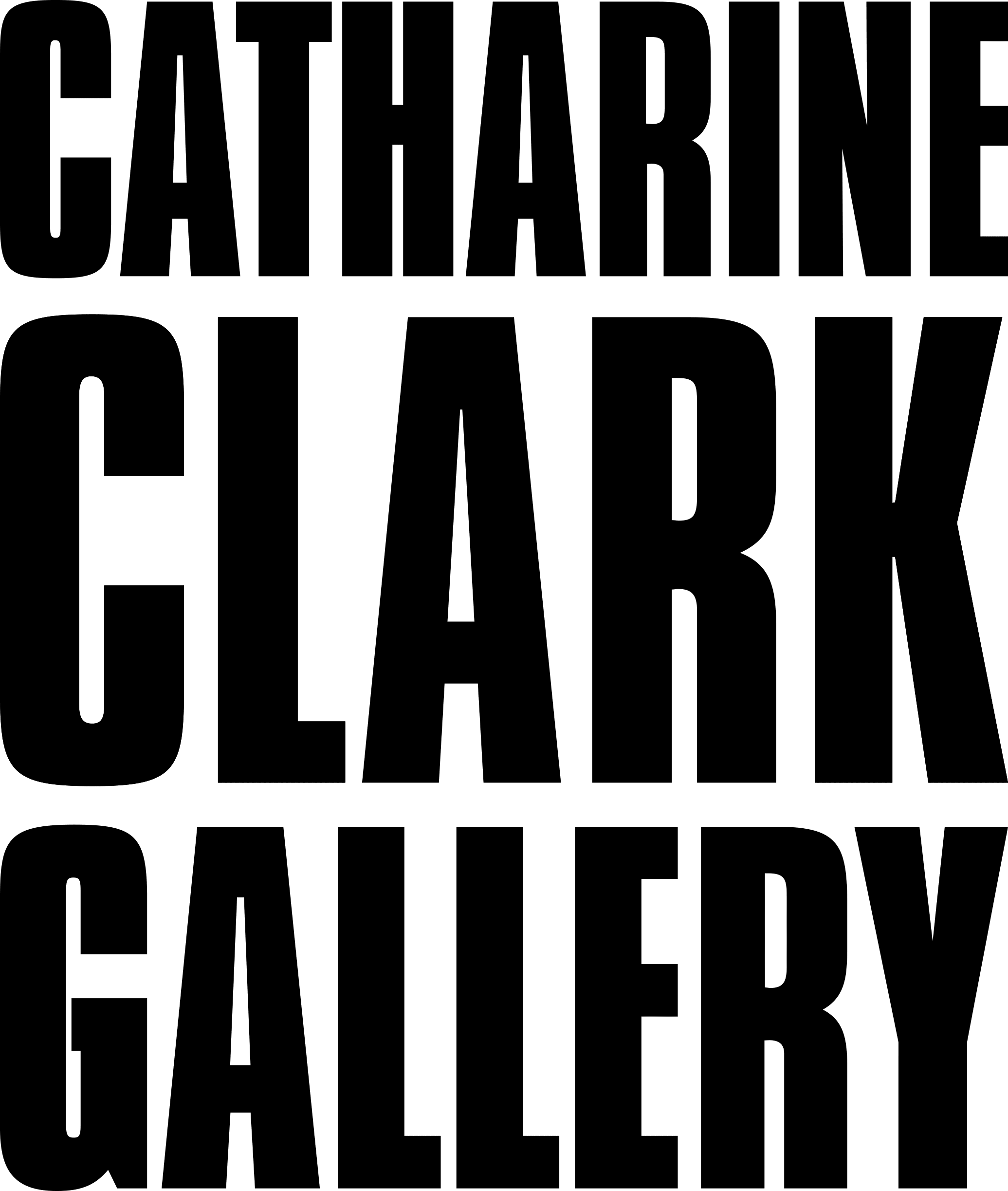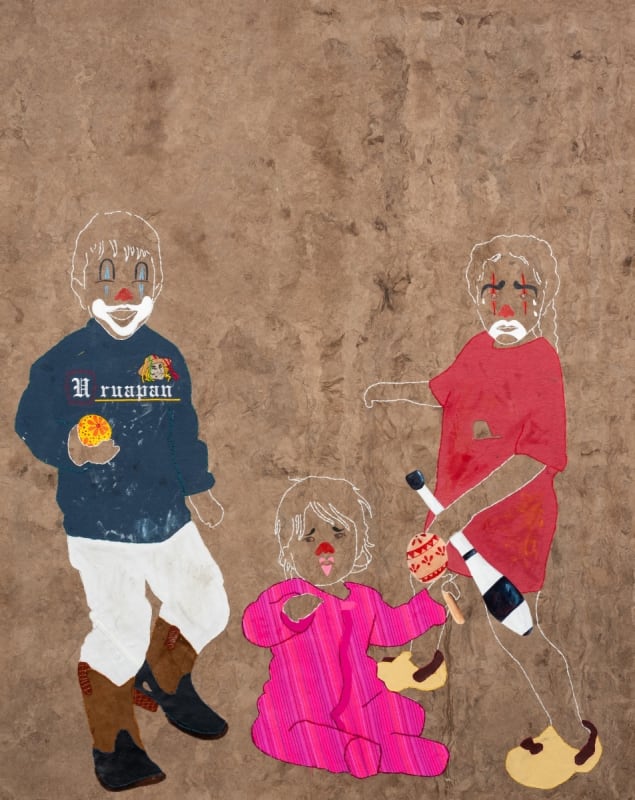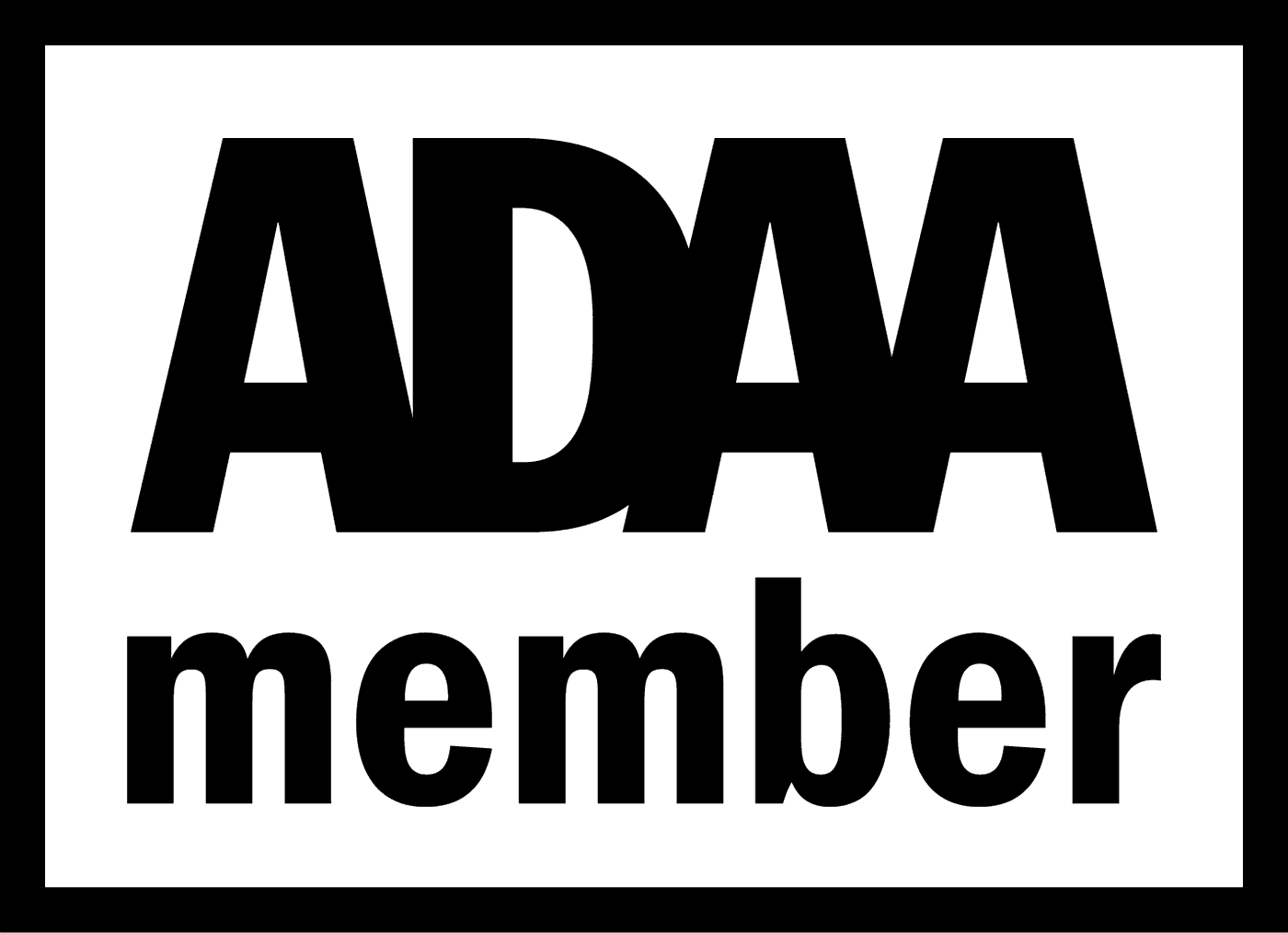Arleene Correa Valencia: Codice Del Perdedor / The Losing Man’s Codex
South Gallery
On view May 31 – July 19, 2025
Opening reception: Saturday, May 31 from 3 – 5pm; remarks at 3:45pm
San Francisco: Catharine Clark Gallery continues its Spring 2025 program with three solo exhibitions: Arleene Correa Valencia’s Codice Del Perdedor / The Losing Man’s Codex (South Gallery), featuring new works on Amate paper; Alejandro Cartagena’s In Between Spaces – Entre Espacios (North Gallery), a survey of major photographs and photocollages; and Nanci Amaka’s Cleanse / Three Walls (Media Room), a three-channel video installation recently presented at the Hawai’i Triennial 2025. All three exhibitions consider themes of migration, memory, and intergenerational healing.
Arleene Correa Valencia creates works on Amate paper, the same material her Indigenous Mexican ancestors used to record their migration stories. Correa Valencia drew inspiration from the Codex Boturini, which depicts the migration from Aztlán to the founding of Mexico-Tenochtitlán. This codex illustrates mothers carrying their children on their backs in search of safety and home. Correa Valencia remarks, “When I saw this, I was reminded of how our story of migration is a universal experience that never ends. The Losing Man’s Codex addresses the battle between good and bad, and everyone who stands between the two sides. When I was younger, my father told me a story of how losing is a noble act, one to be proud of, one that gifts us with joy and the opportunity to learn—a horizontal state of being in which all who lose stand together in community, while those who win stand alone. I made this work with the intention of reflecting on the current state of our community being hunted down by ICE, but also to celebrate our strength and resilience—to take pride in the beautiful ways in which we can come together and protect each other.” In 2022, Correa Valencia was able to return to Mexico for the first time since her departure at the age of 3.
Correa Valencia writes, “People often ask me how having access to my home country has changed my practice. At first, I had trouble answering this question because it feels like people are digging for a feel-good, life-changing story, when the reality is that being able to finally go home comes with a lot of guilt, loss, pain, and suffering because my family can’t come with me. But in a physical sense, the work has changed because I’ve started this obsession with Amate paper. Made from the tree bark of the Jonote tree, this paper carries the roots and earth of our homelands. After seeing one of the oldest codices written by our ancestors in the Museo de Antropología, I knew that it was the right foundation to tell my family’s story of survival. These scrolls are scrolls of resistance, proof of our existence, and show us the strength of our roots. We will survive in the fire, wind, and water. The earth will hold us and our children as we continue to seek safety and a place to call home.”
Transportation is a major theme in Correa Valencia’s latest work, particularly in her images of migrants in the backs of trucks. She writes, “My recent related ‘truck works’ on Amate are inspired by my most recent trip home to Arteaga, Michoacan, Mexico. During this trip, I was finally able to fully take in the physical distance between our home in Napa and the land that gave birth to my family. The never-ending winding roads spread across the Sierra Madre del Sur, and after six hours of driving on dirt roads, we made it home, where it became evident that leaving is not an option for most people in this little mountain town. In this work, I began to think about my dad’s first time leaving Arteaga. He was only nineteen or twenty years old in the early 80s when he left for the first time. I wondered how he managed to get out. A young brown man with innocent dreams of reaching America: How did he make it out of the mountains? I doubt he had a car. I doubt he had much money. Did he jump in the back of a little truck like many people tend to do? Did a friend give him a lift to the closest city? I asked myself if he looked at the never-ending dirt roads and wondered if they would lead him home, just like I did."



